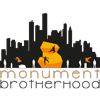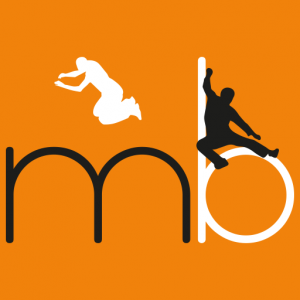Applications
PARKOUR
Parkour, namely also Freerunning, has been developed in France starting from ‘80es, from young people who lived into Paris’ suburbs.
They started to practice it like a rebellion against the social situation they lived.
In fact, they were living «le banlieues parisiennes» distinguished as peripherical suburbs full of social and political issues.
Using the urban context in which they were living as a gym, they developed their perception among spaces and an extraordinary proprioception.
Day by day, step by step, with hard training and strong determination they overcame their physical limits, changing their mindset and their propension to live public spaces.
The Art du Deplacement, usually known by people as Parkour, is a urban discipline that uses the urban context as a natural landscape in which moving up. People who practice it, aims to reach a point B to the point A in a rapid and most efficient way.
Parkour has been exciting young people because its spectacularity and its movements, generally called tricks.
However, in origin, it was not born to give people entertainment, but to develop a new perception of the space that is around people in the contemporary cities.
The perception of the space acquires importance linked to the everyday practice of this sport. This is the best way to create a specific tuning between tracers and the environment all around them.
CLIMBING
Climbing has actually developed different forms of its disciplines, which take into account artificial structures as well natural rock surfaces to be practiced. Sport climbing concerns three different categories that might distinguish a climber. Lead climbing, speed climbing and bouldering. The latter is considered to be the most demanding considering that it is the most engaging in terms of strength, coordination and agility.
Due to the concerning about environmental problems and the necessity to might practice even in cities, it has been valued an artificial form of bouldering.
By the construction of artificial wall is possible to practice bouldering in gyms and outdoor, using buildings as walls or bases where attach belay ropes or handholds.
Climbing was originally a method of training for mountaineering.
Climbers might practice and improve specific movement at a safe distance from the ground. Throughout the 20th century, sport climbing has generated different disciplines concerning specific qualities, lead, speed and bouldering.
The growing popularity of climbing has caused several environmental concerns, including soil erosion and trampled vegetation, as climbers often hike off-trail to reach bouldering sites. Due to this fact, climbers started to develop the necessity to re-create perfect artificial walls to be climbed.
MONUMENTAL ART
Monumental art is generally considered as the part of the art that regards big buildings or sculptures that belong to the political or religious power. Recently in the history, also big companies have started to invest in big, conceptualized, icons.
Our monumental art concept is based on the perception that art could provide to people using cultural frameworks and social perspective over a particular theme. People attending a requalified place could be well influenced by monuments and art installation or viceversa a well studied application of a monument in a public space could influence people relationship with the public domain.


